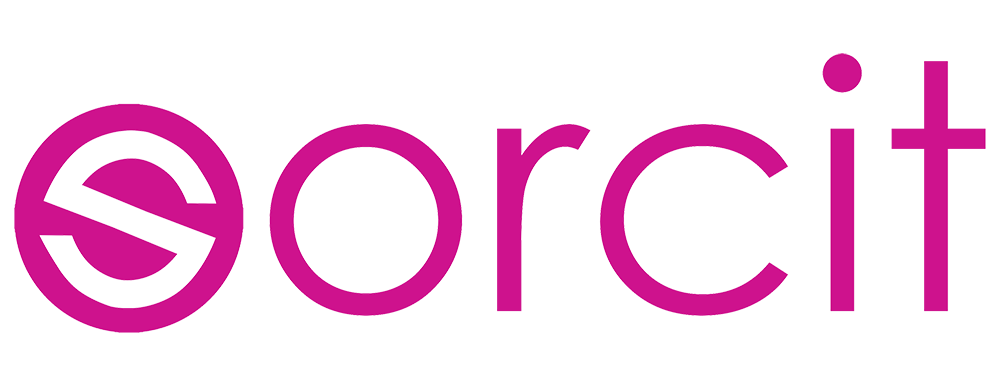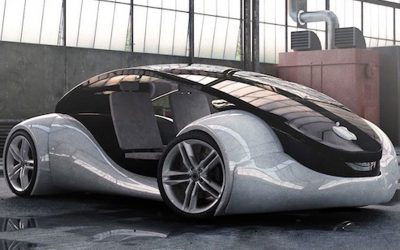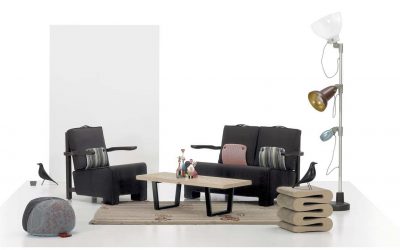The Internet of things is set to herald a change in a lot of ways; how we interact with items in our home, communicate with them and tune in to the world around us. More fundamentally, IoT will impact on how product designers think about and design everything they do. At the heart of the shift is the idea that a product will no longer be a single entity; instead it will be a component of different things, say an app, cloud software, an IoT platform and everything else it was before. One of the most popular examples to use when we talk about IoT products is a fridge. Imagine you’re fridge keeps tracks of what you have when you do your shopping and then sends you a text to remind you what you need to buy when you get near a shop. Your fridge sends you a text reminding you to pick up groceries. Weird! Yet for the fridge designer that means incorporating not just a kitchen appliance design that suits the home, is easy to use, practical and stylish but also incorporates the technology you need for it to do the job; sensors to weight food on the shelves and note what they are, monitoring devices for you to input what everything is, Bluetooth or WiFi enabling devices so it can connect to the radio waves to send you a text, enough intelligence (technologically speaking) to monitor itself regularly for any changes). For product designers who’ve thought only about design in the past this added layer of functionality poses a new challenge. It isn’t however, a challenge that should be avoided. Connected devices will affect the life cycle of a product, customer support and the way people react with products. But this is what technology does, it changes the human experience and interaction; product designers are used to having to adapt and evolve. There are basics to be considered; where should the buttons go? How many smartphone devices should products work with? How easy can you make the design interface? How is technology going to adapt in the future, you want an element of future proofing to happen or consumers will think you’re making products to be redundant in two years and home appliances rarely act like that. What about security? How do you prevent hacking? How do you secure data? In truth, product designers are going to have to think about how they’ll need to build a staff with technological know-how to can help to weave this science of the connected product into design. Liaising with app developers and software designers will ensure product designers can marry their expertise in design with the technology they need to provide the latest in for consumers.
Fancy reading some more?
Single-Use Takeaway Coffee Cup Material Alternatives
Single-use cups and the impact they are having on the environment.
read moreApple’s Project Titan hires automotive veteran
Apple’s bringing together a team of experts for Project Titan, it’ll be fascinating to see what they build.
read moreFrank Gehry, product designer & architect
Frank Gehry is most widely known as an architect. However, we explore & celebrate his product design over a generation.
read more


